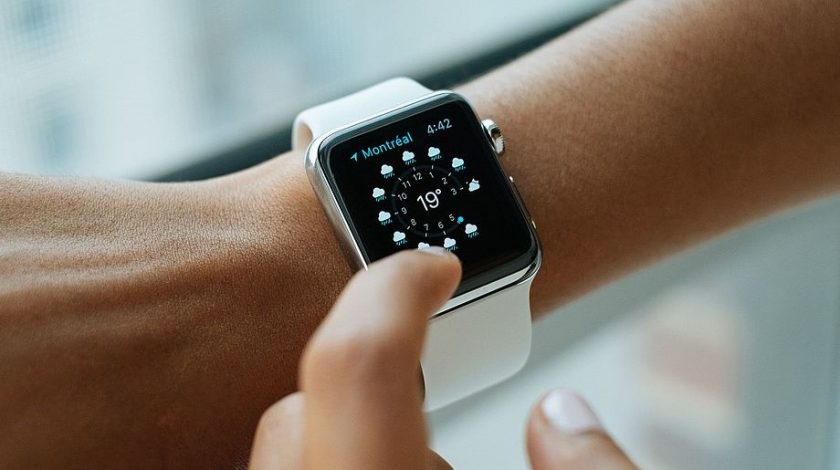The global market for wearable medical devices is expected to nearly $19.5 billion in 2021 at a compound annual growth rate (CAGR) of 28.8% for 2016-2021, according to a new report from Report Linker. The report reveals that the U.S. market for wearable medical devices is expected to grow from $2.5 billion in 2016 to nearly $8.7 billion in 2021 at a CAGR of 27.9% from 2016 through 2021.

The rising elderly population, dysfunctional lifestyles, and the rising concern of patients toward their health and fitness is boosting the growth and development of new technologies within the medical device and diagnostics market. The market study provides analysis of the wearable medical device technologies and their applications in dealing with today’s current challenges. It also includes information about emerging wearable technologies, market players, issues and trends, and other information affecting the medical device and diagnostics industry.
Defining Wearable Medical Devices
Wearable medical devices are electronic mechanisms that act as biosensors that are attached to the human body to detect and monitor changes in various areas of the body and capture physiological data.
These devices are designed to be non-invasive in nature, autonomous in functioning, and are primarily used in medical and fitness related applications. They also provide local processing, feedbacks and reports, communication capabilities, and easy time sensing abilities. Wearable glucose monitoring and drug delivery devices, activity monitors, smart clothing, smart equipment, wearable vital sign monitors, and smart watches are a few examples of wearable medical devices.
Chronic disease and pain management require consistent day-to-day actions, rather than visits to the doctor to shape outcomes. There is a growing need for wearable devices which can remind, warn, encourage, and perhaps most importantly, supply the patient with innovative strategies to comply with treatment regimens (and in some cases, provide that treatment).
Evolution of Wearable Medical Devices
Traditional markets for wearable devices have been focused primarily on non-consumer niche applications, including those in the healthcare, defense/security, enterprise, and industrial markets.
However, recent advances in materials science, electronics, photonics, and software have enabled the emergence of a potentially vast range of new lightweight, wearable computing products. These technology advances are not only growing in traditional non-consumer markets but are also enabling the emergence of a number of new consumer applications.
These services/solutions offered can be categorized into four segments:
– disease management
– monitoring & feedback
– rehabilitation
– health & fitness processes
Electronic wearable medical devices serve multiple functions in the diagnosis and monitoring of various disease conditions, such as chronic diseases of the heart, diabetes (monitoring blood sugar, glucose etc.), and various other illnesses.
Key Market Drivers
Wearable or body-borne sensors enable hands-free mobile real-time data monitoring, logical calculation, and network communication. The growth of the wearable device market is mainly driven by factors such as the growing elderly population, rising prevalence of chronic diseases, technological advancements in the medical devices.
The U.S. dominates the global wearable medical device technology market followed by Europe, Asia, and ROW (rest of the world). The large market share of the U.S. and Europe can be attributed to a greater accessibility of advanced technologies and the presence of a large number of leading market players.
